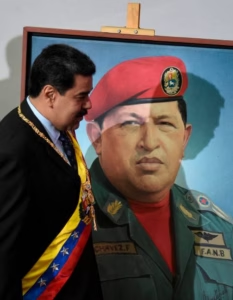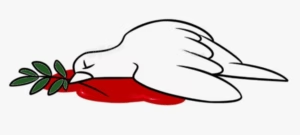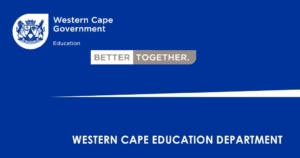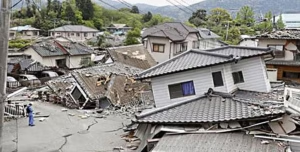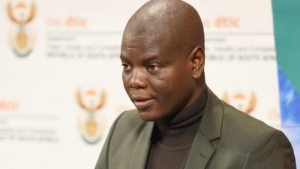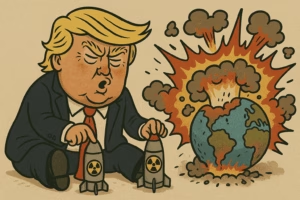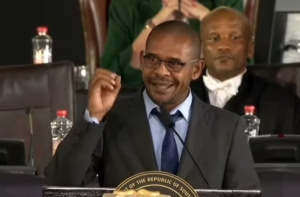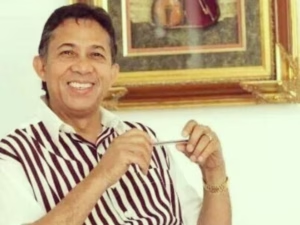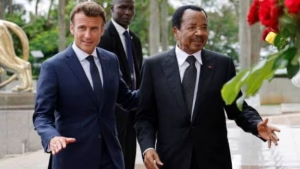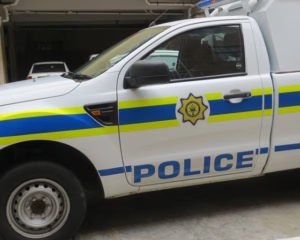The South African Human Rights Commission (SAHRC) has unveiled a comprehensive 252-page analysis detailing the harrowing events of the July 2021 unrest in Gauteng and KwaZulu-Natal. This investigation brought to light a disturbing pattern of racially driven violence, predominantly affecting the black population in regions such as Phoenix, Khan Road Corner, Verulam, Chatsworth, and Montclair.
In-depth Inquiry into the July Unrest
The July 2021 upheaval saw extensive damage, with malls and factories set ablaze and looted. The SAHRC’s report delves into various dimensions of the crisis, scrutinizing the underlying causes, political influences, and the extent of the destruction. A critical focus of the investigation was the allegations of racial assaults.
The commission’s methodical approach involved interviewing a broad spectrum of individuals, ranging from private citizens to representatives of civil and government bodies, during a period from November 15 to December 3, 2021.
Racially Charged Aggressions Uncovered
A significant revelation of the SAHRC’s findings is the targeted racial attacks against black South Africans. These incidents were reported in several areas, including the Khan Road Corner informal settlement, Nottingham Road, Chatsworth, Shallcross, Montclair, Mobeni, Wentworth, Pinetown, Isipingo, and Phoenix. Victims of these attacks, perpetrated by individuals of Indian, coloured, and white descent, either presented their testimonies to the commission or submitted detailed reports of their experiences.
The commission’s conclusions were unequivocal:
“Black African people were targeted based on their race. They were victims of racially driven attacks perpetrated by members of other racial groups.
“In the midst of this climate, the generalising notion of ‘swart gevaar’ (the perceived threat of black individuals) played a role in the violent attacks directed at black African people solely due to their race and their purported intentions during the unrest.
“There were a significant number of racially motivated killings and assaults that occurred at numerous roadblocks throughout Phoenix.
“The level of organisation involved in these acts, coupled with the lack of intervention by the mainly Indian police officers stationed at the SAPS office and the racist social media messages going around, points to a larger racial problem within the community.
Factors Contributing to Racial Animosity
Professor Paulus Zulu of the University of KwaZulu-Natal highlighted in his testimony the complex web of factors leading to these racial attacks. These include historical events like the 1949 and 1985 riots in Cato Manor and Inanda, social inequalities, and government’s inadequacy in fostering social cohesion. He also pointed out the factional nature of the police and intelligence agencies.
“While the extent of racism of some Indian people towards some black African people in Phoenix and surrounding areas could not be definitively established, it is evident that there is a wider racial problem that goes to the actions of the immediate perpetrators. This indicates the presence of underlying racial tensions and divisions within the community.
The Road Ahead: SAHRC’s Recommendations
The SAHRC’s report doesn’t merely document these occurrences but also offers crucial recommendations. It urges a victim-centred approach by the Justice, Crime Prevention, and Security (JSCP) Cluster, considering the proposed mechanisms in the Victim Support Bill. The National Prosecuting Authority (NPA) is advised to incorporate these mechanisms in criminal proceedings.
Furthermore, the Commission recommends that Parliament enhance the Victim Support Services (VSS) Bill to facilitate a victim-centred approach, aiding in the journey towards restorative justice. Additionally, it encourages victims of unfair discrimination to seek redress through the Equality Court.
In a broader societal context, the SAHRC calls upon South African organizations, including government departments and civil society, to actively address systemic racism and foster a unified national identity, underlining the need for a concerted effort in healing the deep-rooted racial divisions.
The complete report can be found here.


